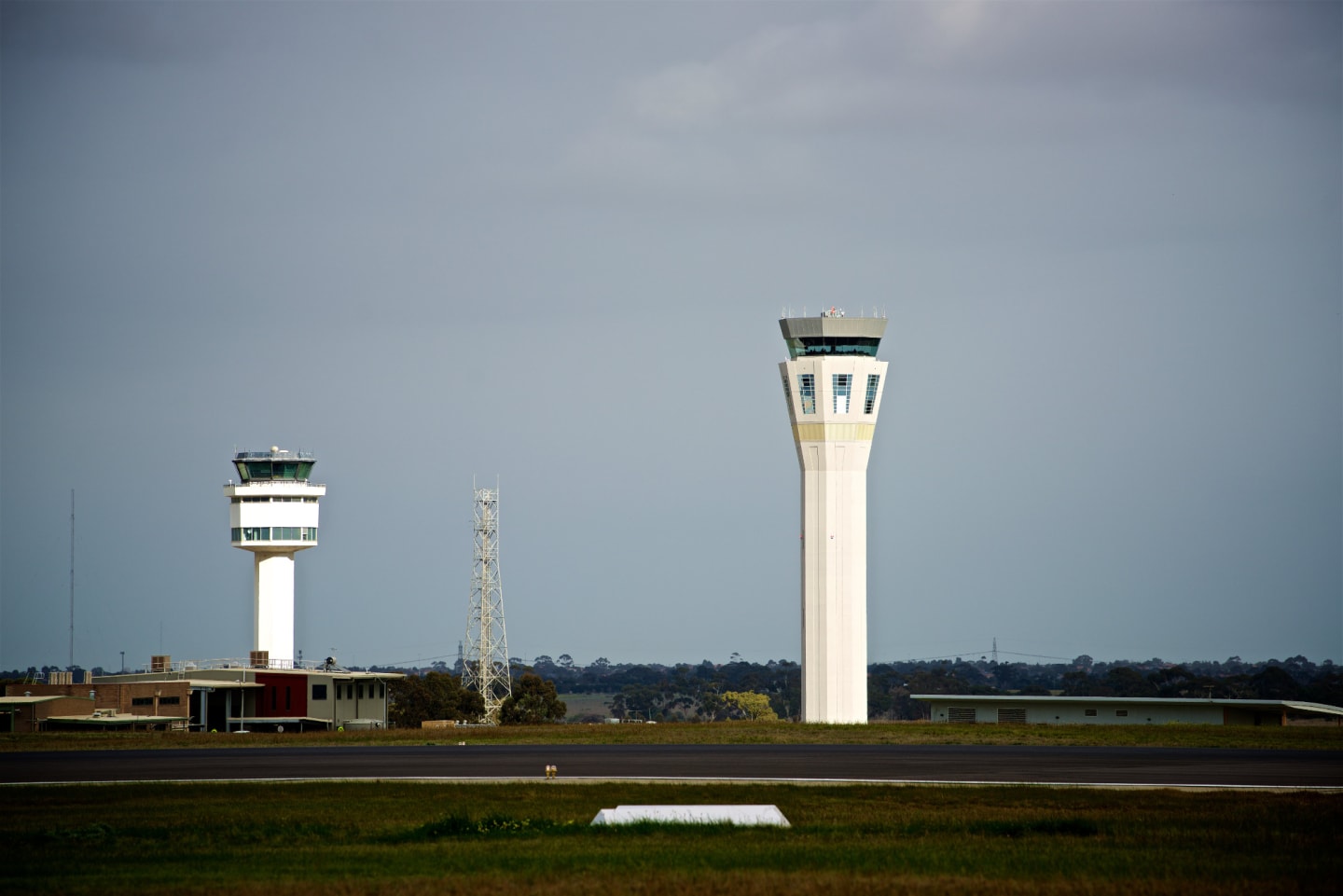Melbourne Airport releases its 2018 draft master plan
Melbourne Airport's owner and operator, Australian Pacific Airports Corporation, has released a preliminary draft for its 2018 Airport master plan that once approved is set to guide the ongoing development of the airfield, terminals, ground transportation and other precincts it controls over the next 20 years.
Every 5 years the current master plan needs to be updated and in the 2018 preliminary draft - which will now enter a public exhibition phase in which members of the public can comment on as is the nature of every airport master plan since privatisation, it builds on the previously approved plan and the fundamental airfield (runway) design has not changed since the 1990-era joint Federal and State Government Melbourne Airport Strategy.
Melbourne's third runway development has its own planning and consultation framework under development and 2018 draft master plan assumes the full development of the third runway, new taxiways and apron areas will be complete by 2023.
A key difference between the 2013 master plan and the 2018 draft is the creation of a 5th terminal to the south of terminal 4 - diagrams in the 2013-era documents show a mixture of passenger and freight terminals, the 2018 draft documents show passenger terminals only.
Likewise, a new addition and key change from the 2013 master plan is that in the long-term development concept (beyond 2038), a sixth terminal would be built in the centre of all four runways, near where the air traffic control tower are located.
In a full build-out scenario, terminals 1 (Qantas), 2 (International), 3 (Virgin), 4 (Low-cost), 5 (2018 draft plan terminal) would have the capacity to move 80 million people per annum.
The airport operator is expecting Melbourne Airport's airfield to be able to handle up to 100 aircraft movements per hour once the third runway is open when the airfield is running in parallel runway mode - up from 60 aircraft per hour under crossing runway modes which currently dominate airfield operations at present.
On top of the third runway development - or Runway Development Program as the operator refers to it - a spokesperson for APAC confirmed there are multiple projects at various stages of design, planning and consultation.
The Melbourne Airport Rail Link has an active study underway but separate from that a project to transition all private vehicles away from the front of the terminals into a dedicated pick-up/drop-off hub to make way for commercial vehicles is also underway.
Originally the private vehicle transition project was set to get underway sometime next decade but has been fast-tracked due to general growth in passengers and therefore private and commercial vehicles using the airport.
The 2018 draft master plan is now in public exhibition and can be viewed here. Community members can ask a question or make a submission through the My Melbourne Airport website. The deadline for submissions is the 5th of October.
The master plan will be transmitted to the Federal Transport Minister for approval in December 2018.
Lead image credit: Melbourne Airport.
